Early Career Scientist Spotlight
Dr. Eleonora Castelli (she/her)
Gravitational Astrophysicist
Gravitational Astrophysics Laboratory (663)
What is one space mission that you are particularly excited about, and why?
Well, I can’t help but say LISA! The Laser Interferometer Space Antenna will be the first space-based gravitational wave interferometer – and the biggest one so far! It’ll be a constellation of three satellites exchanging laser beams at 2.5 million km from each other, while following a trailing Earth orbit. It’s an impressive increase in size with respect to the ground-based observatories, whose laser arms are 4 km long. Moving gravitational observation to space, while technologically challenging, opens up scientific opportunities not previously available. LISA’s size and location will make it sensitive to gravitational waves in a much lower frequency band inaccessible to the ground-based detectors, unveiling gravitational wave sources such as supermassive black hole binaries and white dwarf binaries.
LISA is a collaboration between the European Space Agency (ESA) and NASA, and it completed the Mission Adoption process at ESA in January 2024: this means that we are officially GO for LISA to launch in the mid 2030s! It’s especially exciting to be at Goddard for this: critical elements of the LISA hardware are under development at GSFC, such as the telescope and the interferometer laser source, in addition to data analysis activities to process the mission data to identify and characterize the gravitational wave data stream.
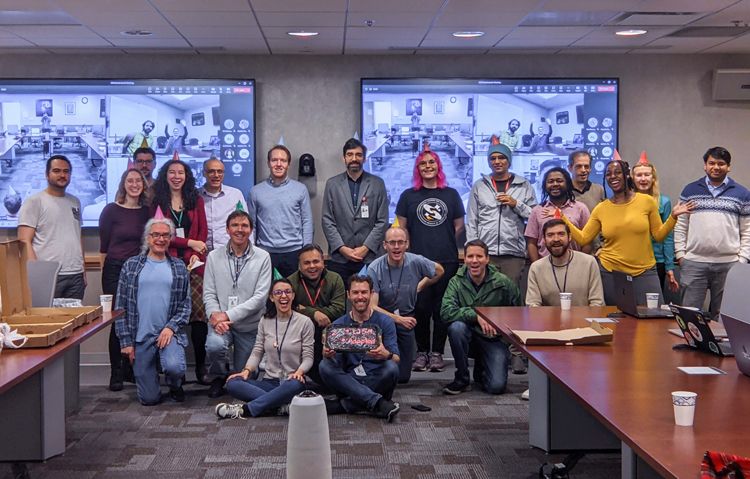
Credit: Eleonora Alei
What is your research focus?
I deal with the presence of noise artifacts that will affect the LISA data stream, i.e. data gaps and transient instrumental glitches, and whose presence can impact the recovery of the gravitational wave data stream. My research focuses on identifying them, assessing their impact on various astrophysical sources, and applying the appropriate mitigation techniques that allow recovery of the astrophysical parameters. Needless to say, that’s easier said than done!
One of the main differences between LISA and the ground based gravitational wave detectors is that LISA will be strongly signal dominated, meaning that the various gravitational wave and instrumental signals are going to be overlapped and will need to be “detangled” with so-called Global Fit pipelines, based on iterative Bayesian Markov Chain Monte Carlo (MCMC) techniques. A couple different Global Fit pipelines are under development at NASA, and they include modules for the parameter estimation of the instrumental noise and various sources such as massive black hole binaries and galactic binaries. They don’t yet include a pipeline to deal with gaps and glitches.
Since we won’t have LISA data for at least another decade, we need to resort to realistic simulated data considering the instrumental features that will resort in the presence of noise artifacts. Simulated datasets containing massive black hole binary mergers, galactic binaries, and a realistic instrumental configuration including the actual satellite orbits, glitches and gaps are currently distributed to the scientific community through mock data challenges, and more complex datasets are underway. With a dataset like this on hand, my NASA colleagues and I are working on mitigation of various types of noise artifacts. Glitches are identified through matched filtering, and on the development of a MCMC algorithm to fit and remove them from the data stream. Gaps are easier to identify (you just need to look for missing data) and can be mitigated via a Bayesian data augmentation method, where missing data are imputed at the gap by sampling the iterative Bayesian estimate of the instrumental noise. The gap imputation and the glitch identification and subtraction algorithm, once completed, can be inserted in the Global Fit pipelines.
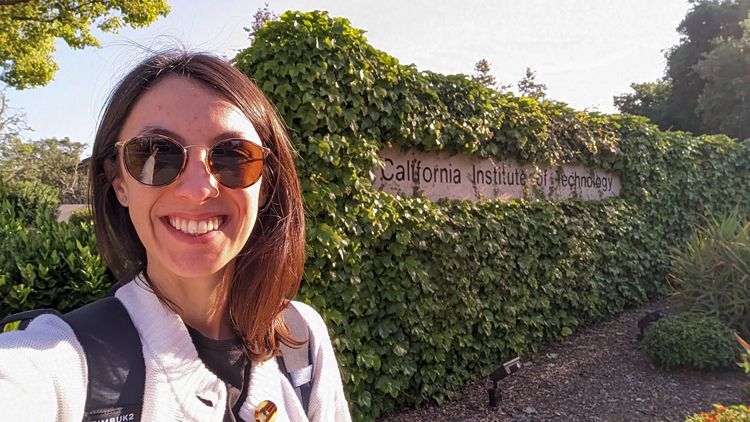
Credit: Eleonora Castelli
What do you enjoy the most about your job?
One of my favorite aspects of working at NASA is the immense variety of knowledge you come across every day, in every field of science and engineering. I keep learning new things just by chatting with people during coffee break or lunch! The breadth of the research experiences you come across at NASA is difficult to match anywhere else.
I also enjoy the various seminars that are organized weekly: I like participating in the Astrophysics Division Tuesday seminars closer to my area of research, as much the weekly colloquia on the most diverse areas of science. Shoutout to the various eclipse-themed colloquia of the past year, that were full of extremely useful information about the annular eclipse of October 2023 and the total eclipse of April 2024. I am not even remotely attending all the seminars I’d be interested in – there are just too many of them!
What advice would you give your younger self?
I struggled during my academic path, so this is an interesting question for me to answer now. I would not say “never give up” because I feel that’s an oversimplistic statement, as if individual choices were the only obstacle someone could face. I would tell my younger self to be patient when not getting the academic results I expected: everyone’s learning path is different, and some paths are bumpier than others. I would also say to not be ashamed of asking questions for fear of appearing stupid to my peers, and that there are some things you’ll struggle with (my lack of mathematical intuition), while others you’re considerably better at (banging my head on code): working on the things you’re bad at is going to take some time and effort, so just be objective about it and not beat yourself up too hard.
What is one of your favorite moments in your career so far?
One of the moments I cherish of my career so far is the launch of LISA Pathfinder, the LISA precursory mission that launched on December 3rd, 2015 and operated until July 2017. LISA Pathfinder launched in the very early days of my career – and now that I think of it, it probably was the very start of it. I just started working on my Master’s thesis on LISA Pathfinder at the University of Trento, and I was involved in the organization of the local launch event with the research group I’d end up working with for the following six years. It was a blast: we watched the launch livestream holding our breaths and celebrated with fresh croissants at 6AM.
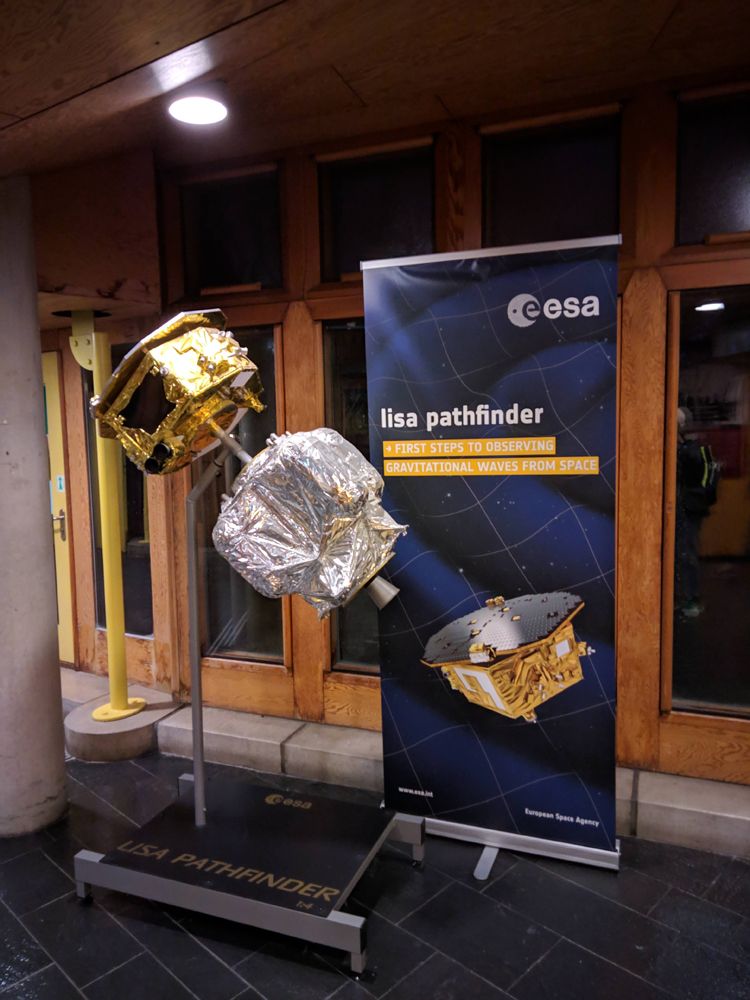
Credit: Eleonora Castelli
What is a fun fact about you?
Well, this is borderline embarrassing, but I didn’t really know how to swim NOR how to ride a bike until I was 24. Thanks to a dedicated encouraging campaign from my now husband, in the span of a month I signed up for adult swimming classes and got a cheap bike I could ride around town, mostly to the local swimming pool. Today I not only regularly bike to my neighborhood swimming pool, but bikesharing is my main mode of transportation around DC – and I never shut up about it, as my office mate knows waaay too well.

Credit: Carlotta Meli
What do you like to do in your free time?
In my day to day, I like to experience the city I live in as much as I can: I like walking around DC’s neighborhoods and checking out its museums (including the most niche ones, National Postal Museum anyone?), going to live music concerts or heading to a ballgame. With a group of friends, we’ve been tending to a community garden for the past few months, and we just harvested our first salads! When on vacation my husband and I decided that it would be a shame to not explore the US, so we’ve been on a few different road trips since we moved over here: Mississippi, New England and the NE coast, New Mexico + Monument Valley for the annular eclipse, Pennsylvania + Ohio for the total eclipse. Next up: the Carolinas and Georgia!
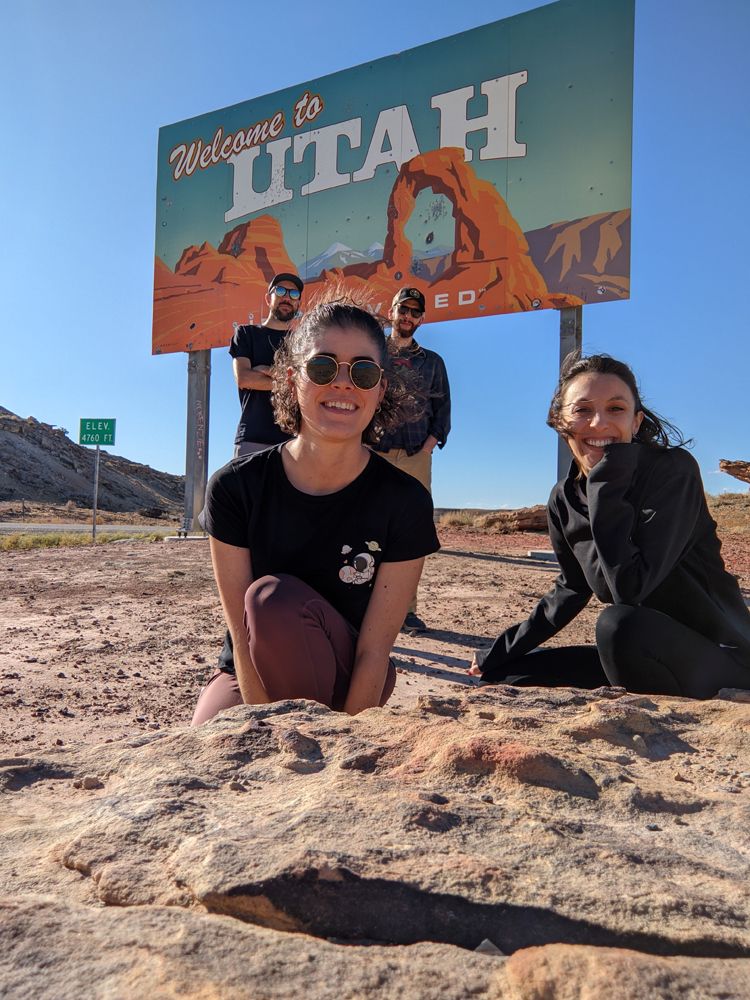
Credit: Eleonora Castelli
Biography
Home Town:
Campitello di Fassa, Dolomites, Italy
Undergraduate Degree:
B.S. in Physics, University of Trento, Italy
Post-graduate Degrees:
M.Sc. and Ph.D. in Physics, University of Trento, Italy
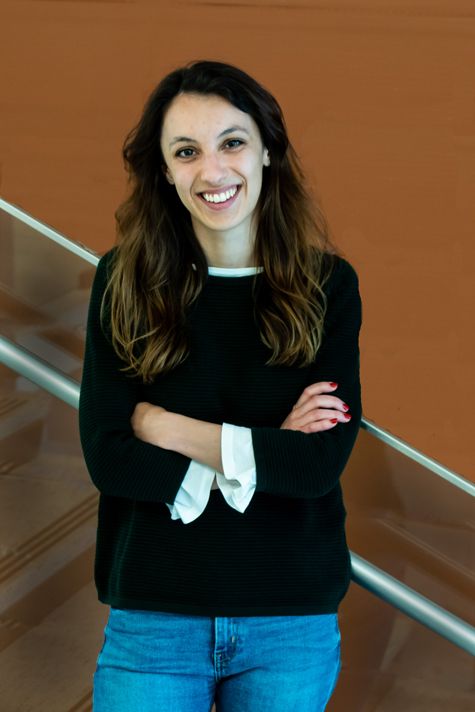
Link to Dr. Castelli's GSFC Bio
